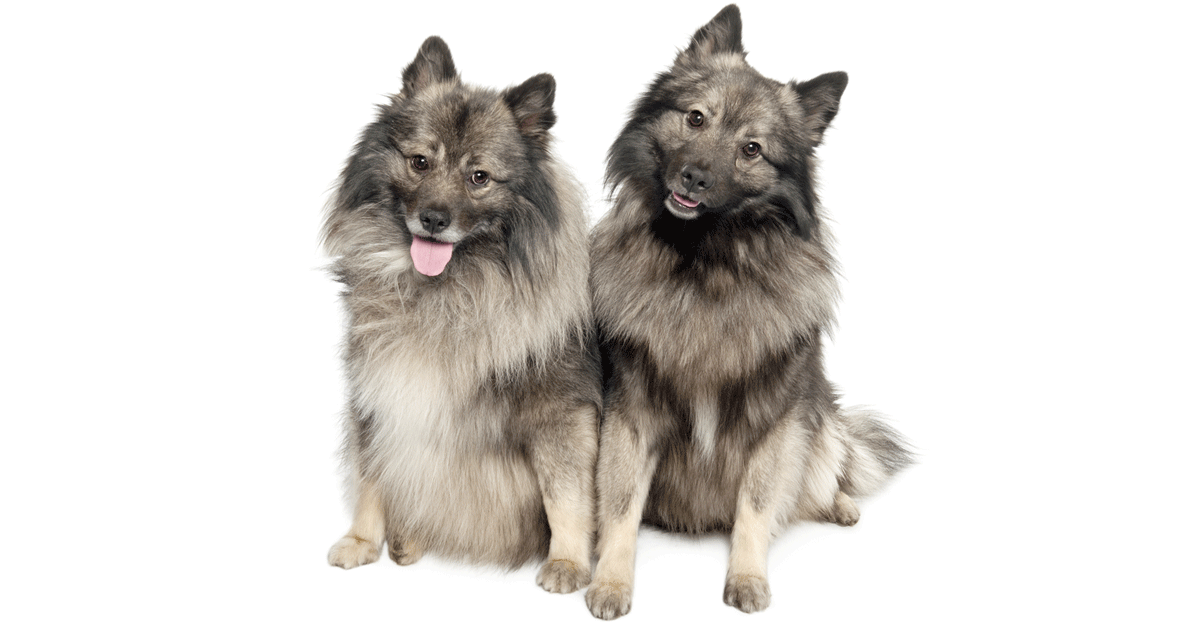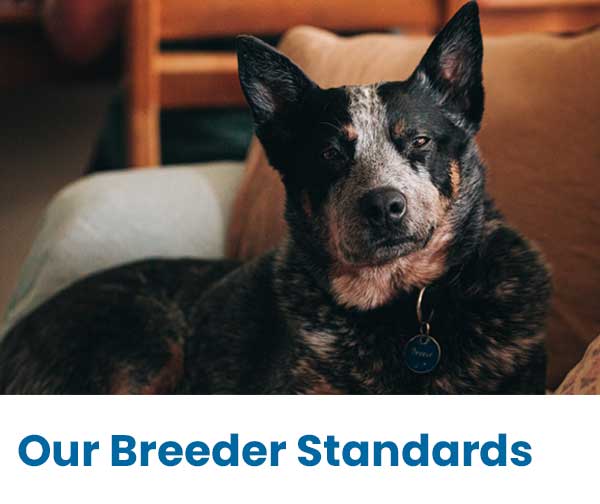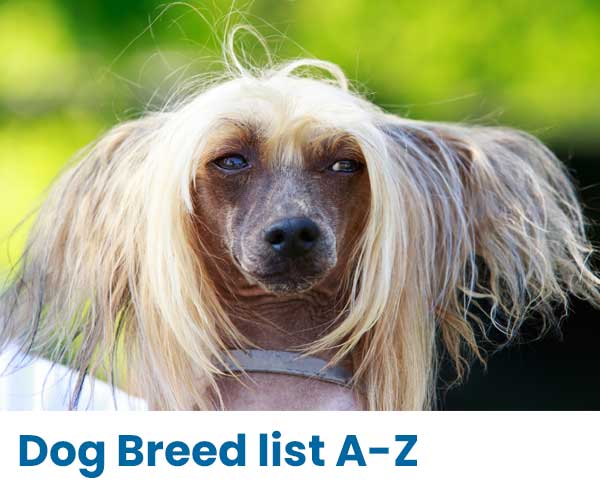Keeshond breed guide
Keeshond tend to be very playful, with quick reflexes and strong jumping ability. They are quick learners and eager to please. Because Keeshond are quick learners, they also learn things you did not necessarily wish to teach them. However, they make excellent agility and obedience dogs. So amenable to proper training is this bright, sturdy dog that Keeshond have been successfully trained to serve as guide dogs for the blind; only their lack of size has prevented them from being more widely used in this role.
They love children and are excellent family dogs, preferring to be close to their humans whenever possible. They generally get along with other dogs as well and will enjoy a good chase around the yard. Keeshonden are very intuitive and empathetic and are often used as comfort dogs. Most notably, at least one Keeshond, Tikva, was at Ground Zero on 9/11 to help comfort the rescue workers. The breed has a tendency to become especially clingy towards their owners, even in comparison to other dogs. If their owner is out, or in another room behind a closed door, they may sit, waiting for their owner to reappear, even if there are other people nearby. Many have been referred to as their "owner's shadow," or "velcro dogs".
They are known by their loud, distinctive bark. Throughout the centuries, the Keeshond has been very popular as a watch dog on barges on canals in the Netherlands and middle Europe. This trait is evident to this day, and they are alert dogs that warn their owners of any new visitors. Although loud and alert, Keeshonden are not aggressive towards visitors. They generally welcome visitors affectionately once their family has accepted them. Unfortunately, barking may become a problem if not properly handled. Keeshonden that are kept in a yard, and not allowed to be with their humans, are unhappy and often become nuisance barkers.
The Keeshond is a very bright dog as evidenced by its level of achievement in Obedience work. The Keeshond ranks 16th in Stanley Coren's The Intelligence of Dogs, being of excellent working/obedience intelligence. This intelligence makes a Keeshond a good choice for the dog owner who is willing to help a dog learn the right lessons, but also entails added responsibility.
While affectionate, Keeshond are good for the inexperienced trainer. Consistency and fairness are needed; and, while most dogs need a structured environment, it is especially necessary with a Keeshond. Like most of the independent-minded spitz breeds, Keeshond respond poorly to heavy-handed or forceful training methods.
Many behavioral problems with Keeshonden stem from these intelligent dogs inventing their own activities (often destructive ones, like digging and chewing) out of boredom. They need daily contact with their owners and lots of activity to remain happy. Therefore, it is not the right choice of breed for those who want a dog that lives happily alone in a kennel or backyard.
Keeshonden can also be timid dogs. It is important to train them to respect, but not fear, their owners and family. Keeshonden want to please, so harsh punishment is not necessary when the dog does not obey as quickly as desired. They like to spend time with their owners and love attention.
Source: Wikipedia
If you are a small scale ANKC registered breeder and would like to be listed here, just contact us or follow a few simple steps to add your details yourself.
We welcome helpful comments and contributions to information about this breed by email
View Keeshond breeders







